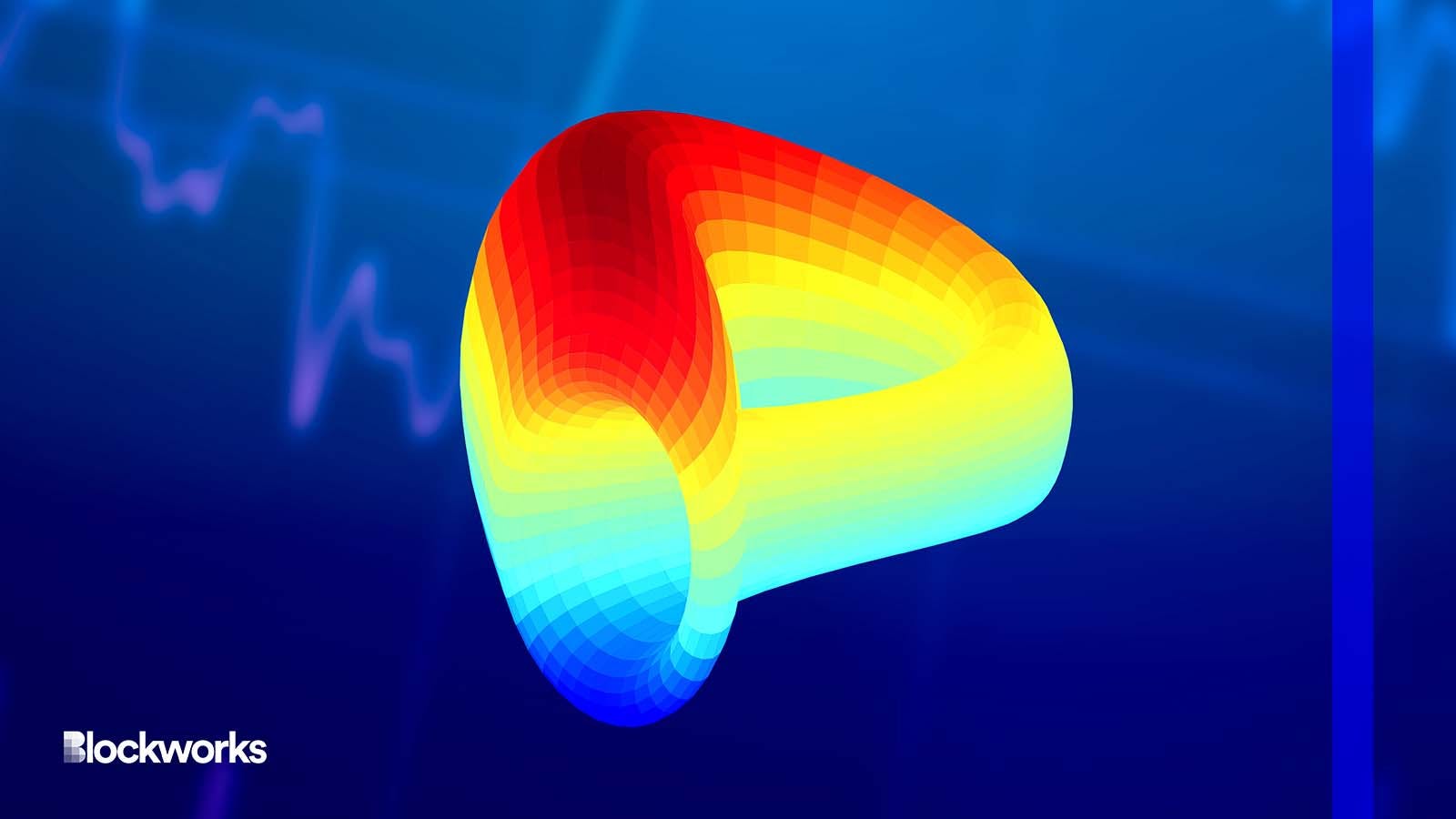How DeFi users are navigating post-Curve exploit landscape
Over $452.4 million has been withdrawn from Aave v2 following Curve exploits

Ivan Babydov/Shutterstock modified by Blockworks
Following the exploit of decentralized exchange Curve, many DeFi participants are trying to make sense of the landscape — and figuring out what to do next.
Curve was hacked for over $70 million last Sunday after a bug was discovered in its coding language, Vyper.
Concerns about the ripple effects of the Curve exploit were apparent. The price of Curve’s native token, CRV, fell dramatically immediately after the exploit, from $0.73 to as low as $0.50. CRV is trading at $0.60 at the time of writing.
Of top concern for many ecosystem participants was Curve founder Michael Egorov’s loan, worth an estimated $70 million USDT, which he borrowed using CRV as collateral on Aave v2.
Read more: Curve’s Egorov turns to notable counterparties to bail out his DeFi positions
As might be expected, the Curve exploit has reshaped the DeFi landscape, at least for now.
Nick Cannon, the vice president of growth at Gauntlet, a crypto-financial risk management company, told Blockworks that one side effect of smart contract exploits is a drying-up of market liquidity.
“Post FTX, [liquidity] on DEXes and centralized exchanges completely evaporated, and when that happens, it’s not surprising that changes the risk profile of not just CRV, but the entire market,” Cannon said.
Where is the liquidity going?
Between July 30 and roughly 7 pm ET on Thursday, an estimated $452.4 million had been withdrawn from Aave v2 accounts, Cannon told Blockworks.
That figure includes:
- $90.7 million to an unspecified location
- $52.4 million staked in stUSDT
- $166.2 million held in wallets
- $128.8 million migrated to Aave v3
- $7.3 million moved to Compound
- $7 million moved to Binance
An additional $26 million in withdrawals from Morpho, $32.7 million from Egorov, and $12.1 million from Falmincome Protocol were not included in these calculations, Cannon notes.
To prevent liquidation, Egorov has engaged in a series of over-the-counter (OTC) deals with various ecosystem participants to pay off his loans on lending protocols Aave, Fraxlend, Inverse and Abracadabra.
Lending protocols propose to purchase CRV with USDT
Both Aave and Fraxlend have governance proposals in motion that suggest purchasing CRV with USDT.
Marc Zeller, the founder of delegate platform Aave Chan Initiative, noted that this approach could allow Aave v2 to support the DeFi ecosystem and incentivize GHO liquidity.
“A 2M USDT worth of CRV acquisition would send a strong signal of DeFi supporting DeFi, while allowing the Aave DAO to strategically position itself in the Curve wars, benefiting GHO secondary liquidity,” Zeller wrote.
A similar proposal has been suggested by Samuel McCulloch on Fraxlend.
“To bolster the health of our lending market, as well as foster increased liquidity across all Frax assets, the DAO should use this opportunity to acquire CRV,” McCulloch wrote.
Cannon, however, notes that Gauntlet will continue to recommend that lending protocols disable, freeze, or similarly adjust their CRV and prevent additional collateral right now.
“Does the DAO want to get stuck holding one of the biggest positions in this collateral if the liquidity dries up for CRV?” Cannon said.
Get the news in your inbox. Explore Blockworks newsletters:
- The Breakdown: Decoding crypto and the markets. Daily.
- 0xResearch: Alpha in your inbox. Think like an analyst.






